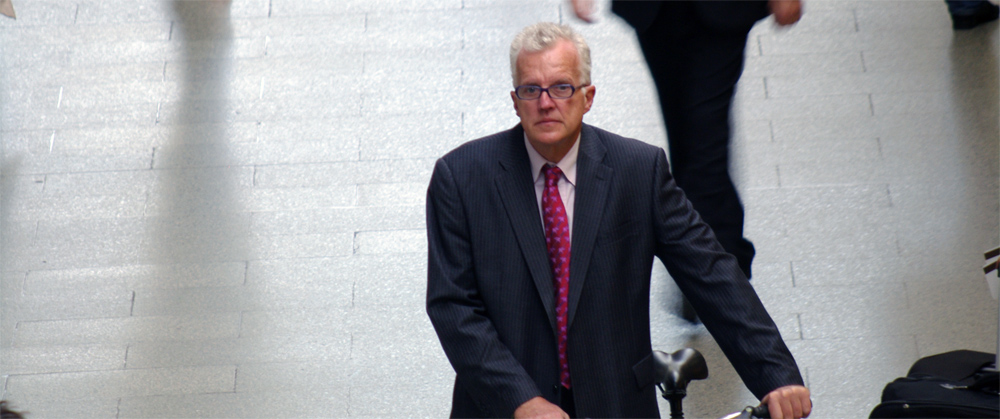The iron road is a 19th century invention that is set to flourish in the 21st. After being threatened by extinction in the face of a pincer movement from cars and planes in the second half of the twentieth century, trains are re-establishing themselves as a crucial part of many countries infrastructure.
The most visible signs of this success are the high speed trains such as Eurostar which are now operating at speeds of up to 200 mph in more than a dozen countries and planned for many more. They have not only revolutionised train travel by attracting people off aeroplanes, but they have become visible emblematic signs of a nation’s modernity as demonstrated by the fact that no Japanese tourist brochure would be complete without a photo of the Shinkansen high speed train rushing past Mount Fuji.
While France currently has more than 1,000 miles of high speed line, Spain is set to become the European country with the highest mileage as it completes an ambitious programme to build 6,000 miles of track by 2020 with the aim of bringing every sizeable town within 30kms of a high speed station. But China dwarfs the scale of ambition of any other country with 4,000 miles already open and a plan to have a 30,000 network by the end of the decade.
China is even considering the development of a high speed line between Beijing and Europe that would take a couple of days to cross Asia. It might not be realistic in the face of the cost and the size of the undertaking, but the mere fact that the idea has been put forward shows the scale of ambition.
The railway renaissance is not only about flash modern high speed trains. The humble freight train is still the preferred carrier for long distance traffic, like the vast numbers of containers arriving on America’s West Coast, or for minerals which are taken from mines to ships by rail, the very purpose for which the railways were originally created. This month, for example, massive 240 wagon iron ore trains have started running over a newly constructed line in Labrador, Canada.
Then there are the equally prosaic metro systems which are being built in the most unlikely such as Dubai which opened last year and obscure Eastern European towns such as Kharkov and Yekaterinburg. There are more than 130 metro systems around the world with half dozen more being opened every year.
Driving the railways’ revival is a combination of road congestion, comfort and, increasingly, their green credentials. Railways can be powered by renewable and low carbon sources such as nuclear or wind-generated electricity, while aviation is stuck with oil-based fuel with no viable alternative on the horizon. Far from being superseded by the car and the plane, the train may outlive them all.
